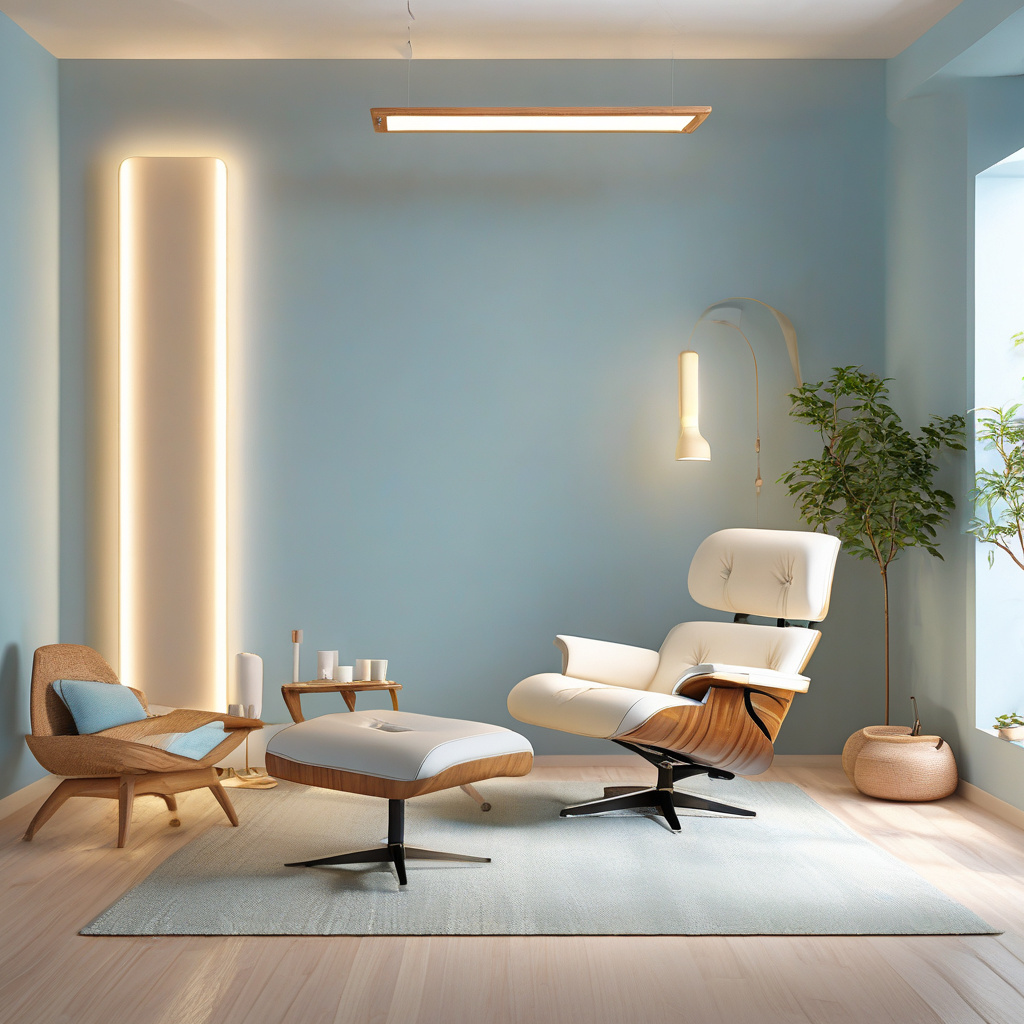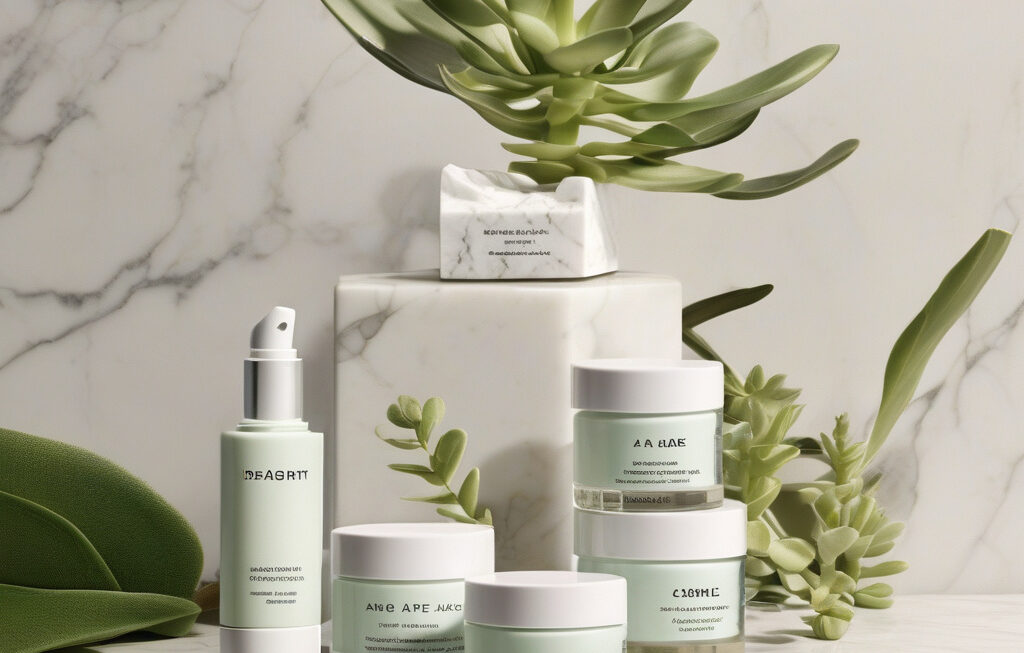Is Light Therapy a Bright Idea or Just a Shiny Fad?
In recent years, the wellness industry has seen a surge in popularity of light therapy devices. From infrared saunas promising detoxification to LED beauty masks claiming to banish acne, the market for light therapy has become a billion-dollar industry. But amidst all the buzz and glowing testimonials, one question remains at the forefront: does light therapy really work, or is it just another passing trend fueled by clever marketing strategies?
Light therapy, also known as phototherapy, involves the use of specific wavelengths of light to treat various conditions, including skin issues, mood disorders, and sleep disturbances. The concept behind light therapy is rooted in the idea that exposure to certain types of light can have therapeutic effects on the body. For example, blue light has been shown to help regulate circadian rhythms and improve alertness, while red light is believed to stimulate collagen production and promote wound healing.
One of the most well-known applications of light therapy is in the treatment of seasonal affective disorder (SAD), a type of depression that occurs seasonally, usually in the winter months when daylight hours are shorter. Research has shown that exposure to bright light, particularly light that mimics natural sunlight, can be an effective treatment for SAD, helping to alleviate symptoms such as low mood, fatigue, and sleep disturbances.
But beyond SAD, the use of light therapy for other conditions is where the science starts to blur with marketing hype. For example, while some studies have suggested that red and near-infrared light therapy may have benefits for wound healing and pain relief, the evidence is not yet strong enough to make definitive conclusions. Similarly, the effectiveness of blue light therapy for acne has been supported by some research, but the results are mixed, and more studies are needed to determine its long-term effects.
Despite the lack of concrete evidence for many of the claims surrounding light therapy, the market continues to expand, with new devices and treatments constantly being introduced to consumers. Infrared saunas, which use infrared light to heat the body directly, have gained popularity for their supposed detoxifying and relaxing effects. LED masks, on the other hand, have become a staple in the skincare routines of beauty enthusiasts, promising to target various skin concerns such as wrinkles, acne, and hyperpigmentation.
So, where does this leave us in the debate over the efficacy of light therapy? While there is certainly promise in the potential therapeutic benefits of certain types of light, it is essential to approach the claims with a critical eye. As with any wellness trend, it is crucial to look beyond the flashy marketing and anecdotal evidence and seek out scientific research and expert opinions to make informed decisions about incorporating light therapy into your routine.
In conclusion, while light therapy shows promise in treating certain conditions, the science behind many of the claims is still evolving. As the market for light therapy continues to grow, it is more important than ever for consumers to educate themselves and separate the hype from the reality when it comes to these glowing treatments.
#LightTherapy, #WellnessTrends, #Phototherapy, #SkinCare, #ScienceVsHype












